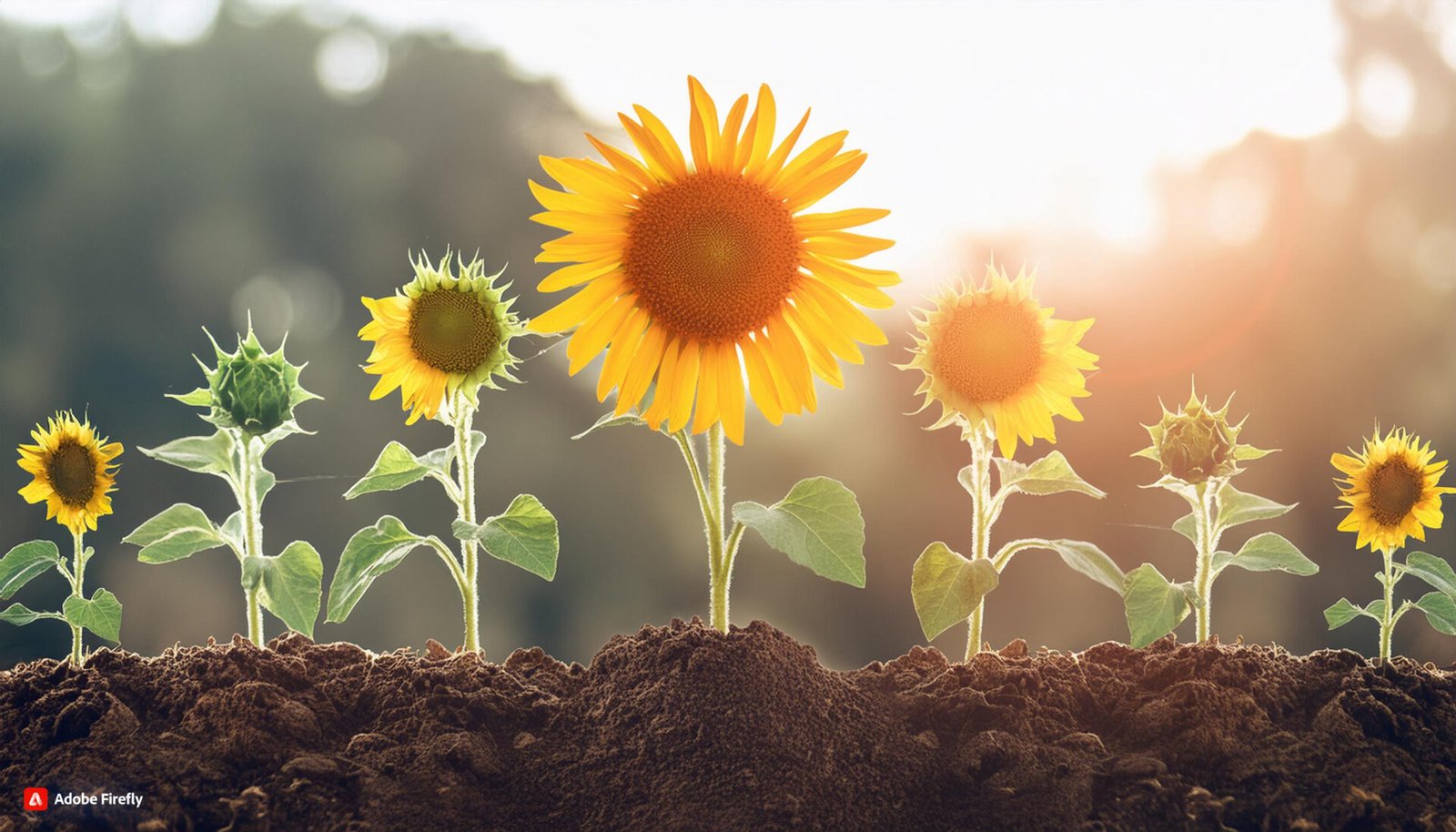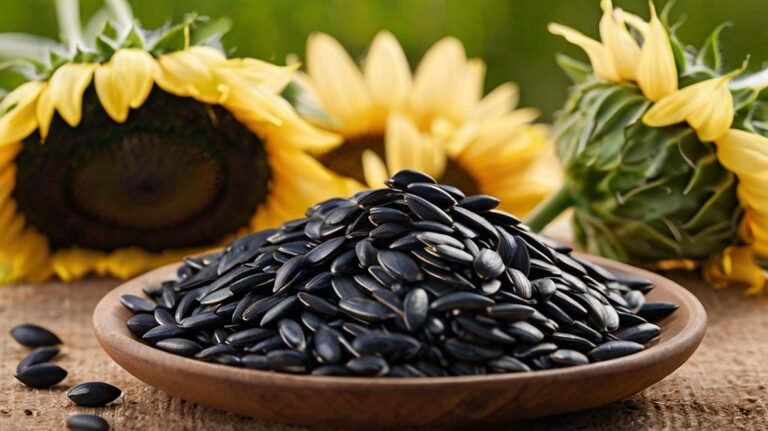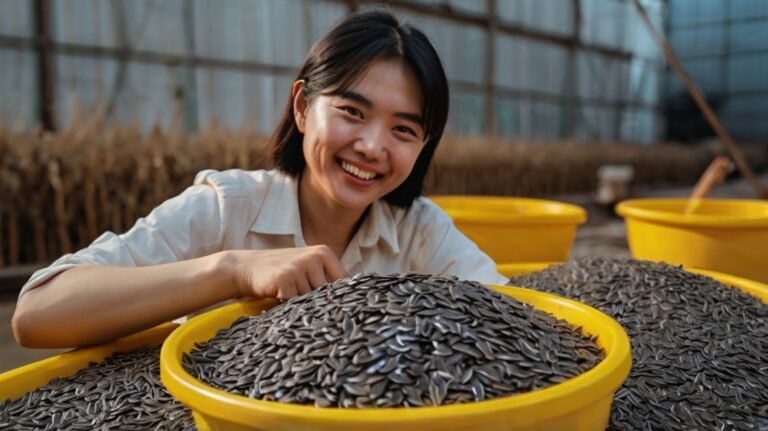Are you ready to embark on a sunflower-growing adventure? At XingYi Trading, we're passionate about sunflowers and want to help you achieve the best results. Whether you're planting our premium 363 Sunflower Seeds, Tongqing No. 6 Sunflower Seeds, or 361 Sunflower Seeds, proper soil preparation is key to success. Let's dive into the essential steps for creating the perfect growing environment for your sunflowers.
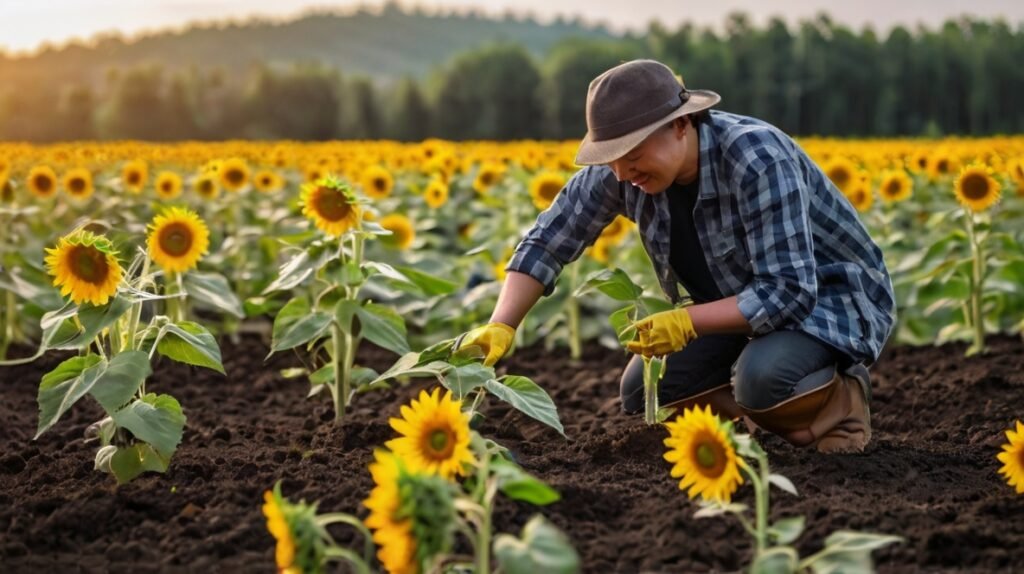
Understanding Sunflower Soil Preferences
Sunflowers are known for their resilience, but they thrive best in well-prepared soil. These majestic plants prefer loose, well-draining soil rich in organic matter. The ideal pH range for sunflowers is between 6.0 and 7.5. Before you start planting our premium sunflower seeds, it's crucial to assess and prepare your soil to give your plants the best start possible.
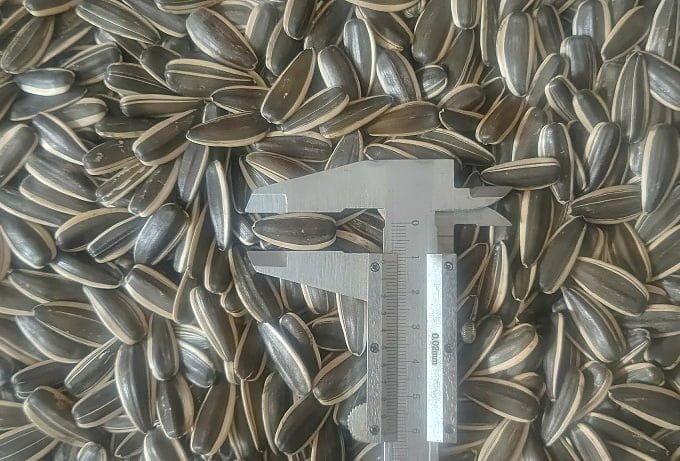
Choosing the Right Location
Selecting the perfect spot for your sunflower garden is the first step in soil preparation. Sunflowers love full sun, so choose an area that receives at least 6-8 hours of direct sunlight daily. Ensure the location has good drainage to prevent waterlogging, which can lead to root rot. Once you've picked the ideal spot, you're ready to start preparing the soil for our top-quality sunflower seeds like the Tongqing No. 6.
Testing and Adjusting Soil pH
Before amending your soil, it's wise to test its pH. You can use a home testing kit or send a sample to a local agricultural extension office. If the pH is below 6.0, add lime to increase alkalinity. If it's above 7.5, add sulfur to increase acidity. Here's a quick guide:
| Soil pH | Adjustment Needed |
|---|---|
| Below 6.0 | Add lime |
| 6.0 - 7.5 | Ideal range, no adjustment needed |
| Above 7.5 | Add sulfur |
Remember, the right pH ensures optimal nutrient uptake for your sunflowers, leading to healthier plants and better seed production.

Clearing and Tilling the Soil
Now that you've chosen the location and adjusted the pH, it's time to prepare the soil physically. Start by clearing the area of any weeds, rocks, or debris. Then, use a garden tiller or spade to loosen the soil to a depth of 12-18 inches. This deep tilling helps create a loose, airy structure that sunflower roots love to explore. It's particularly important for our giant varieties like the Premium 363 Sunflower Seeds, which develop extensive root systems.
Enriching the Soil with Organic Matter
Sunflowers are heavy feeders and benefit from nutrient-rich soil. Incorporate plenty of organic matter into your prepared soil. Compost, well-rotted manure, or leaf mold are excellent choices. Aim to mix in 2-4 inches of organic material throughout the tilled area. This not only provides nutrients but also improves soil structure and water retention, creating an ideal environment for growing sunflowers from seeds.
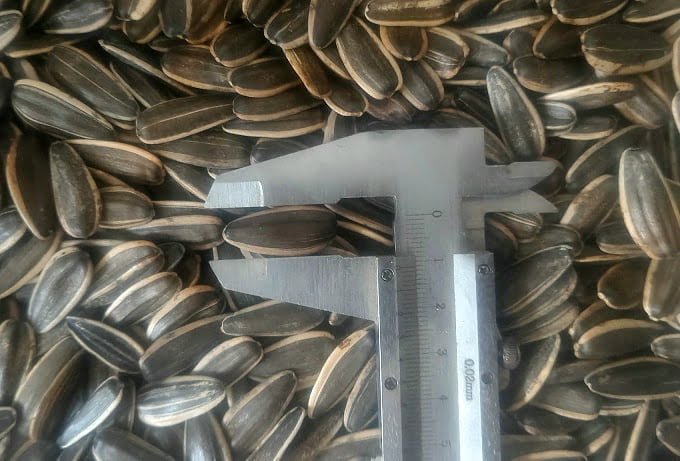
Adding Essential Nutrients
While organic matter provides a good base, you may need to supplement with additional nutrients. Sunflowers particularly benefit from phosphorus and nitrogen. A balanced fertilizer with an NPK ratio of 5-10-5 or 10-10-10 works well. Work the fertilizer into the top 4-6 inches of soil about a week before planting. This ensures that nutrients are readily available when you sow our premium 361 Sunflower Seeds or other varieties.
Improving Soil Drainage
Good drainage is crucial for sunflower health. If your soil is heavy clay or prone to waterlogging, consider adding materials to improve drainage. Sand, perlite, or vermiculite can be mixed into the soil to increase porosity. For raised beds or container growing, ensure there are adequate drainage holes. Well-drained soil prevents root rot and other moisture-related issues, leading to healthier plants and a better sunflower seed harvest.
Final Soil Preparation Steps
As you approach planting time, there are a few final steps to ensure your soil is perfect for our premium sunflower seeds:
- Rake the soil smooth to create an even planting surface.
- Remove any remaining rocks or debris.
- If planting in rows, create shallow furrows for seed placement.
- Water the prepared soil lightly to provide moisture for germination.
- Allow the soil to warm up to at least 50°F (10°C) before planting.
By following these steps, you're creating an ideal environment for growing sunflowers that will produce beautiful blooms and delicious seeds for snacking, cooking, or attracting birds to your garden.
At XingYi Trading, we're committed to providing you with the highest quality sunflower seeds. By preparing your soil properly, you're setting the stage for a successful and rewarding sunflower growing experience. Whether you choose our Premium 363, Tongqing No. 6, or 361 Sunflower Seeds, we're confident that with well-prepared soil, you'll enjoy a bountiful harvest of nutritious and delicious sunflower seeds. Happy planting!

